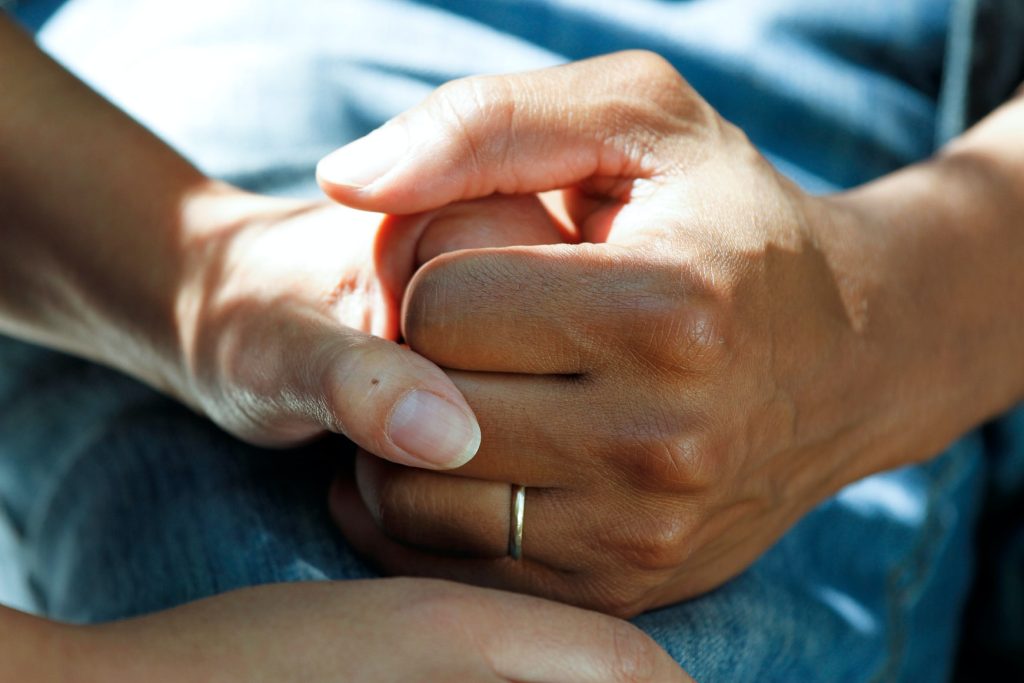
Researchers like Joon Faii Ong dedicate their life to helping people with Parkinson’s Disease have a better quality of life. As a result, they are always on top of emerging research and therapies that promise to slow, stop, or even reverse the disease. Here are some emerging therapies that are showing promise for people living with Parkinson’s Disease.
1) Deep Brain Stimulation
One of the most common therapies used to treat Parkinson’s Disease is deep brain stimulation. This therapy involves implanting electrodes into specific parts of the brain that help control movement. Deep brain stimulation has been found to be very effective in reducing symptoms of Parkinson’s Disease.
2) Drug Therapy
There are a number of different drugs that are used to treat Parkinson’s Disease. The most common medications used are Levodopa and dopamine agonists. These drugs help to replace the lost dopamine in the brain. As a result, they help to improve movement and reduce symptoms of the disease.
3) Diet
There is some evidence that diet can play a role in Parkinson’s Disease. For example, some studies have found that a Mediterranean diet can reduce Parkinson’s disease risk. In addition, in people who already have Parkinson’s disease, there is some evidence that following this kind-vegetables, fruit, and whole grains-can slow movement problems.
4) Physical Therapy
Exercise can help to improve balance and coordination in people living with Parkinson’s Disease. In addition, physical therapy can help to improve strength and reduce pain from stiffness in the muscles. It also helps people with Parkinson’s Disease have a better quality of life.
5) Acupuncture
As an alternative treatment for Parkinson’s Disease, acupuncture has become very popular over the past few years. In one study, acupuncture was found to significantly improve symptoms of the disease. However, more research is needed to determine if acupuncture is an effective treatment for Parkinson’s Disease.
6) Stem Cell Therapy
Stem cell therapy is a relatively new treatment for Parkinson’s Disease. So far, there have been mixed results with this therapy. Some studies have found that stem cell therapy can help improve symptoms of the disease, while other studies have found no improvement.
7) Exercise
One of the best things an individual with Parkinson’s Disease can do to improve their quality of life is to exercise regularly. Exercise increases strength and flexibility as well as improves balance and coordination. In one study, it was found that people who exercised regularly were less likely to develop problems with walking than those who did not.
8) Acupressure
Another type of alternative therapy that has become popular for Parkinson’s Disease is acupressure. In one study, it was found that using acupressure improved tremor by 26% over placebo treatment. However, more research is needed to determine if acupressure is an effective treatment for Parkinson’s Disease.
9) Music Therapy
There is some evidence that music therapy can help improve symptoms of Parkinson’s Disease. One study found that music therapy helped improve quality of life and reduce anxiety in people with the disease.
10) Tai Chi
Tai Chi is a form of physical exercise that combines meditation. There is some evidence that tai chi is effective at reducing symptoms of Parkinson’s Disease. For example, one study found that it improved balance and reduced falls in elderly people with Parkinson’s Disease.